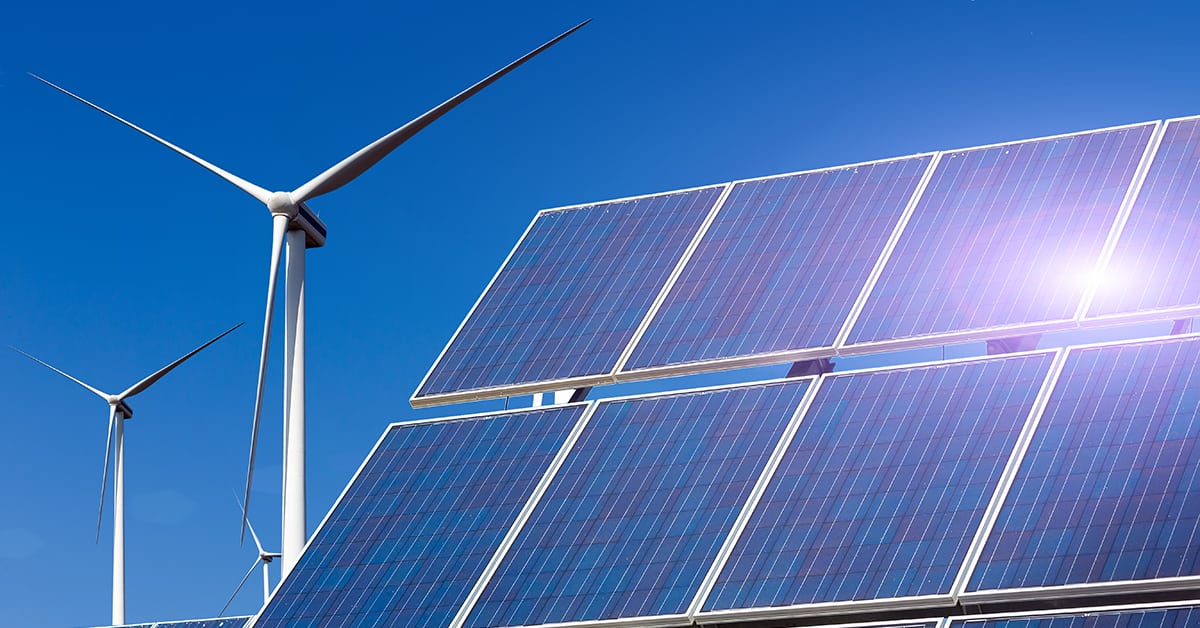Last year 10% of all global power was generated by wind and solar.

Last year, the world generated over 10% of its electricity from solar and wind power for the first time, a target that seemed unthinkable just a few years ago. The assessment comes from the latest Global Electricity Review released by climate and energy think tank Ember. Solar power supply rose last year by 23%, while wind power generation gained 14%. Today, they are the fastest-growing sources of electricity, with 50 countries already obtaining from them more than a tenth of their power and 10 getting more than a quarter of their total.
“It’s very good news, and the overall proportion is likely to increase as wind and solar become even cheaper relative to fossil fuels,” says Richard Green, professor of sustainable energy business at the Imperial College London. The data supports this positive view. Furthermore, the report from Ember shows, the transition to renewable sources can be scaled up quickly: The Netherlands, Australia and Vietnam switched more than 8% of their power to wind and solar in just the last two years.
Solar and wind power can help meet the climate targets of the Paris Agreement and keep global heating to no more than 1.5° Celsius (2.7° Fahrenheit) above preindustrial levels, if a compound growth rate of 20% can be maintained until 2030. While this threshold matches the average achieved over the last decade, the study also contains a warning: Last year, coal power rose too, by 9%. It was the highest percentage rise on record since at least 1985, taking coal generation to 36% of global electricity production. With the Russian invasion of Ukraine causing an increase in gas prices, Ember notes, the risk of relapse into coal has grown.
The rise in coal consumption is temporary, says Ulf Moslener, professor of sustainable energy finance at the Frankfurt School of Finance and Management. “Extreme prices and uncertainty about gas are driving the surge. It’s partly due to the Russia-Ukraine conflict, but it clearly started before.” Yet, Moslener says, wind and solar will soon be the norm. “In the long run, climate and reducing fossil fuel import dependence point in the same direction.”



